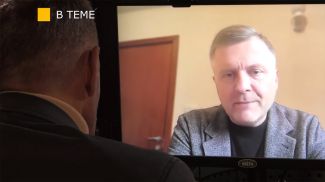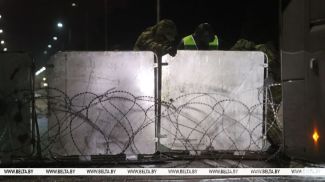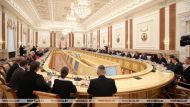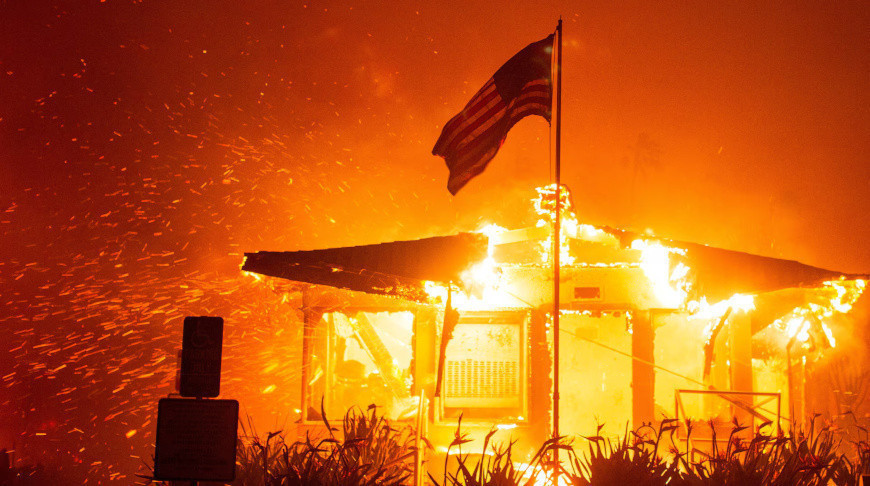
The start of the new year has already been marked by a number of large-scale disasters. Some of them were beyond human control such as the earthquake in Chinese Tibet. Others were manageable and preventable. We are talking about the unprecedented wildfires in California, which continue to claim human lives. Tens of billions of dollars worth of property was burned in the fire, which is comparable to the budgets of a number of countries.
A disclaimer: we are not here to gloat or “dance on the ashes”, although the U.S. policy towards Belarus is far from friendly. No, we do not rejoice at other people’s suffering. Fires are a disaster for people, even if you have millions of dollars in your bank accounts and your name is Anthony Hopkins, Ben Affleck, Paris Hilton or Hunter Biden. There is nothing pleasant about losing property or things that may carry some important personal memories. Not to mention the fact that the disaster has affected many ordinary Americans who may not have a financial safety cushion. Wildfires also cause damage to environment and claim lives.
Let's find out what happened in California and why, and how the system of fire prevention and control works in Belarus.
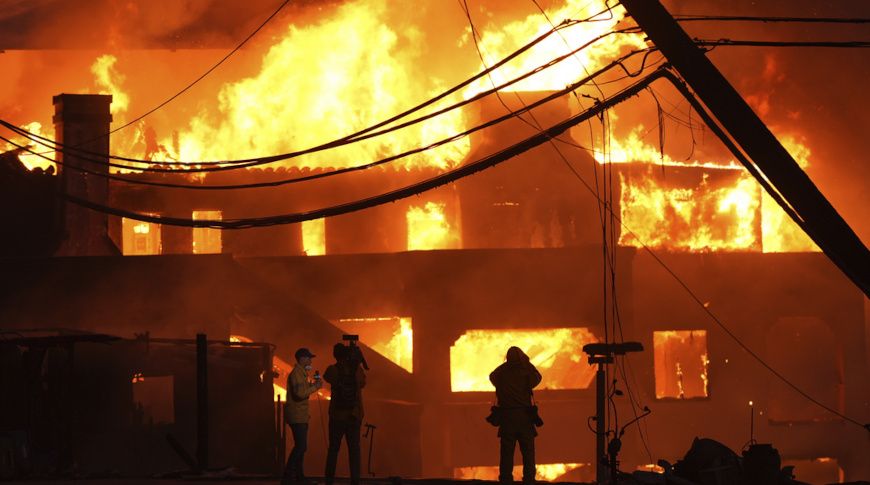
Billions in damages and apocalyptic consequences. What is known about the Los Angeles fires?
The raging fires have already been called one of the most destructive in the history of Los Angeles.
According to CNN, several large wildfires are raging in the area at once. At least 10 people have died, but the final death toll will be known later, when there is safe access to the affected areas. Therefore, the sad list may increase many times over. Since the fires started, tens of thousands of people have been evacuated from the danger zone.
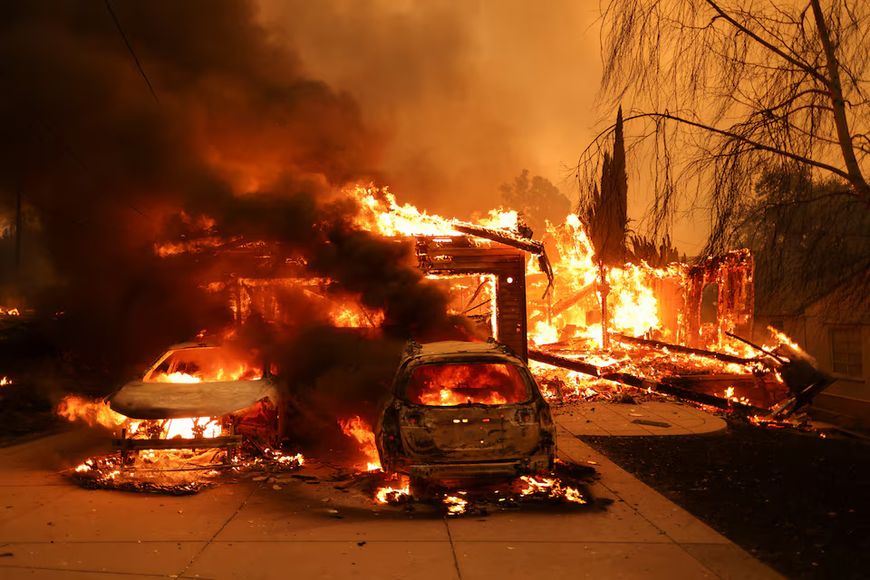
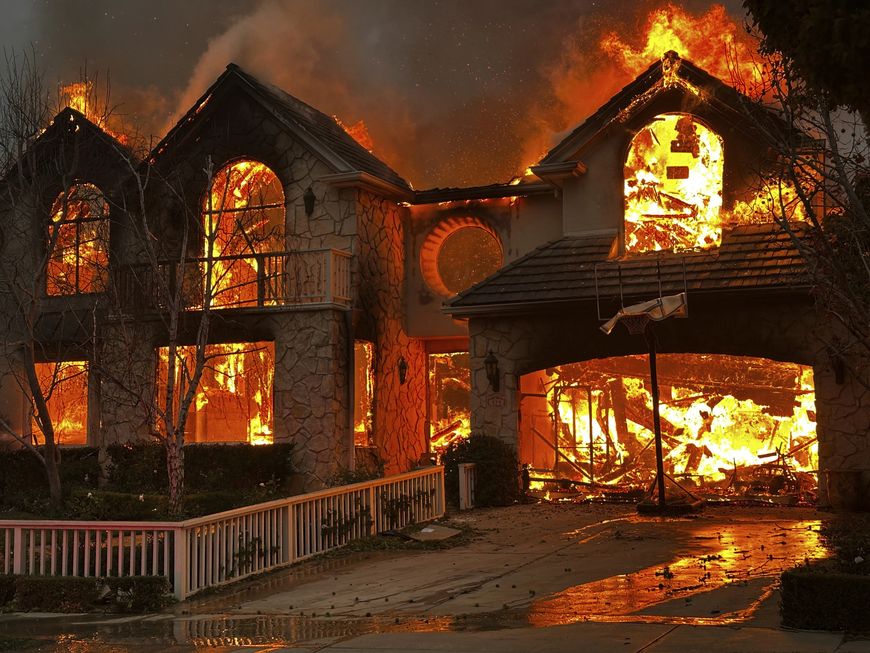
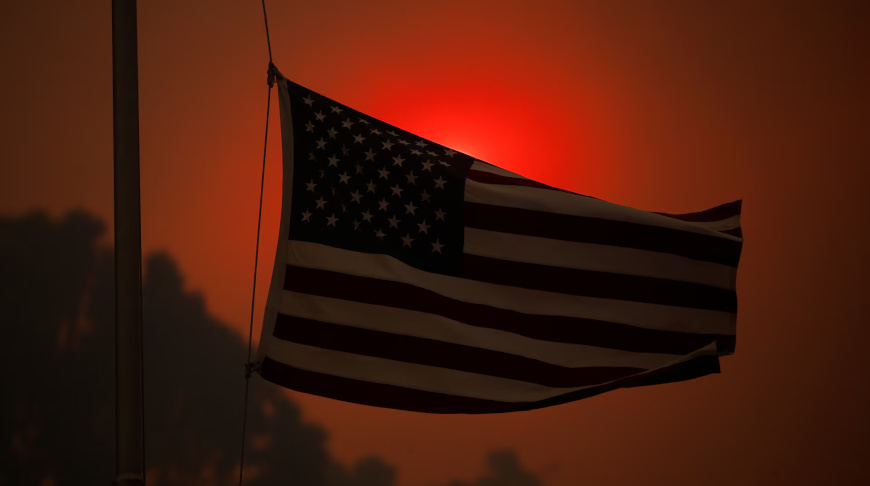
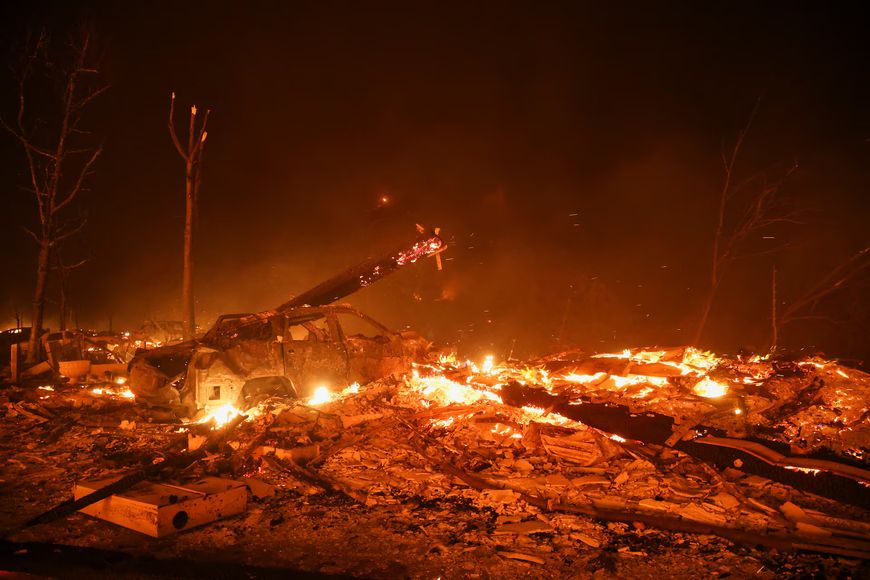
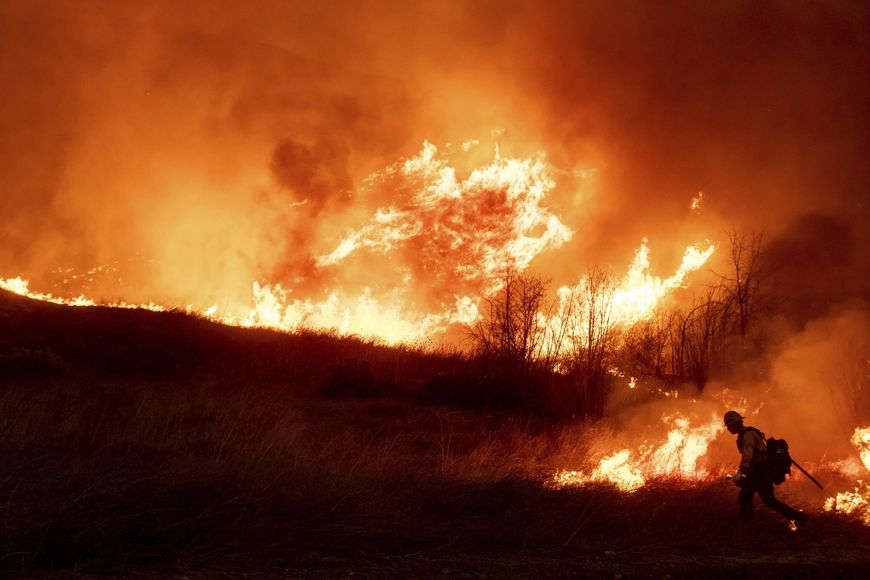
The head of the California Department of Forestry and Fire Protection Brent Pasqua described the incident as apocalyptic. Moreover, the fires still cannot be localized, there is not enough water to extinguish the fire. The situation is aggravated by exceptionally dry conditions and strong Santa Ana winds.
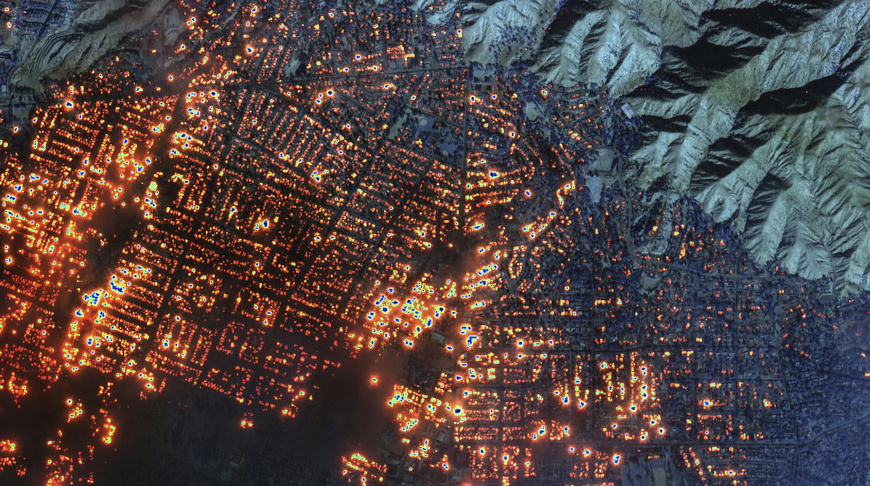
Equity analysts from investment bank JP Morgan have now doubled their earlier loss estimate for still raging wildfires, now suggesting it could even exceed $20 billion.
Analysts estimate that the fires, which have not yet been brought under control, could result in total losses of more than $50 billion. On Thursday evening, Accuweather estimated the economic damage from the fires at between $135-150 billion, up from a previous estimate of $52-57 billion.
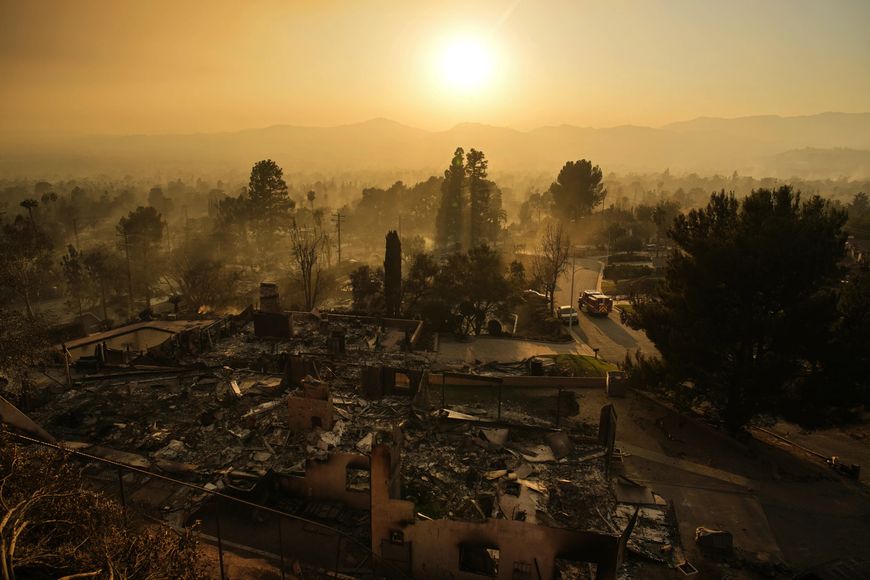
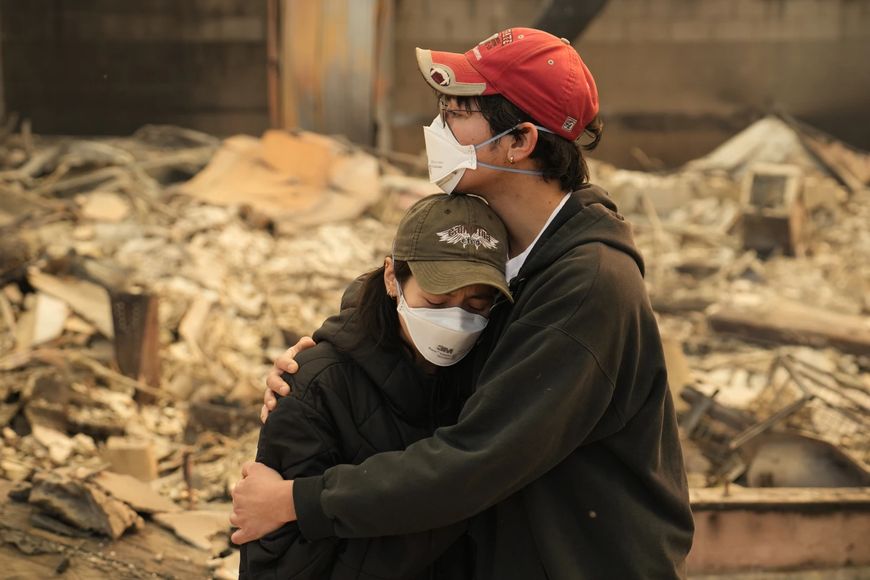
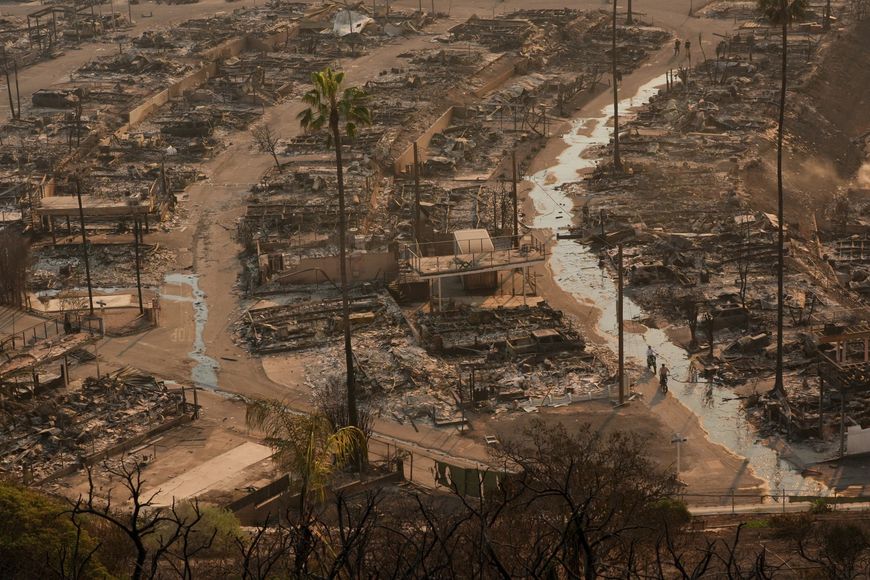
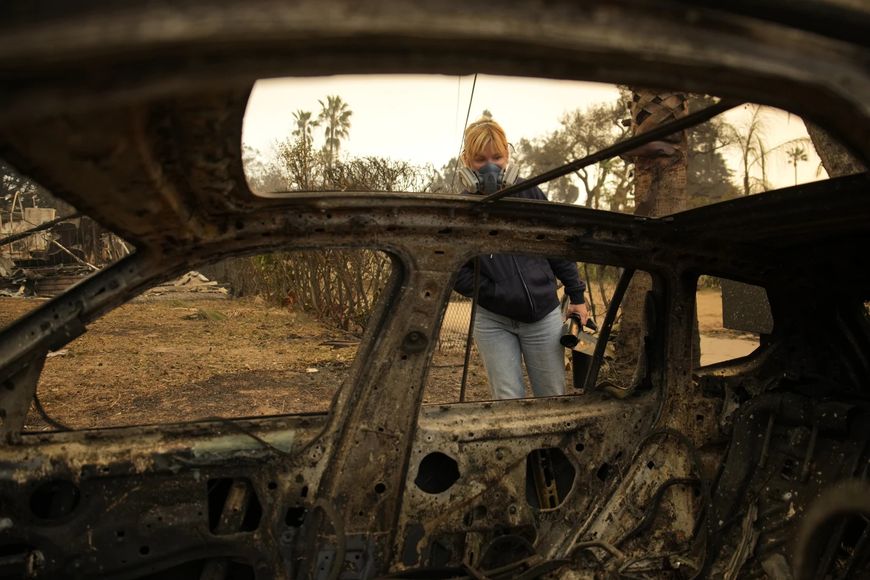
Oscar nominations have been postponed indefinitely, and the production of many TV series and films has been halted.
Strategic mistakes and HR policy blunders. What else contributed to the LA fires, besides drought and wind?
Unfavorable weather and natural factors contribute to regular fires in this part of the United States. Hot dry weather dry out vegetation, turning it into flammable fuel. Chaparral shrubs are particularly dangerous in this regard. Combined with high winds, it's an explosive mix.
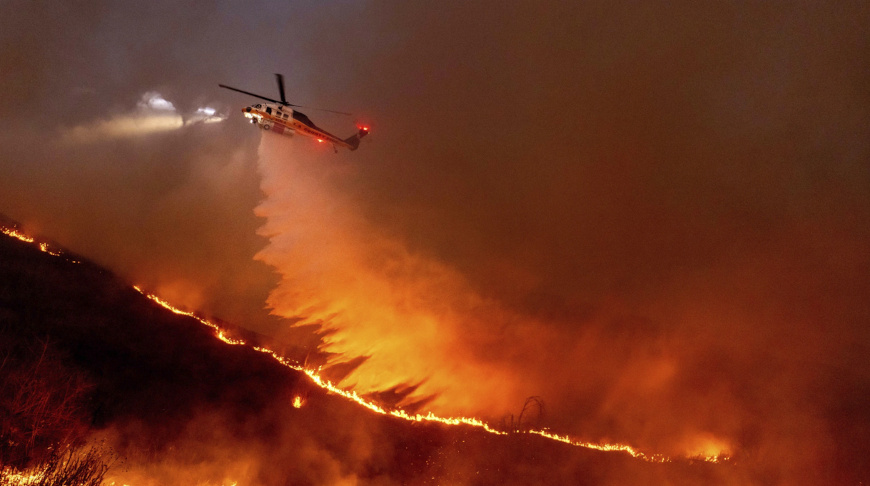

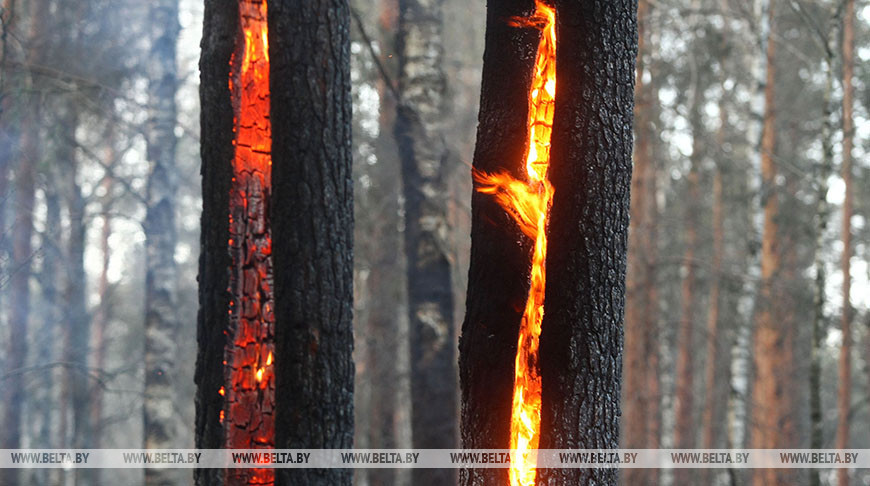

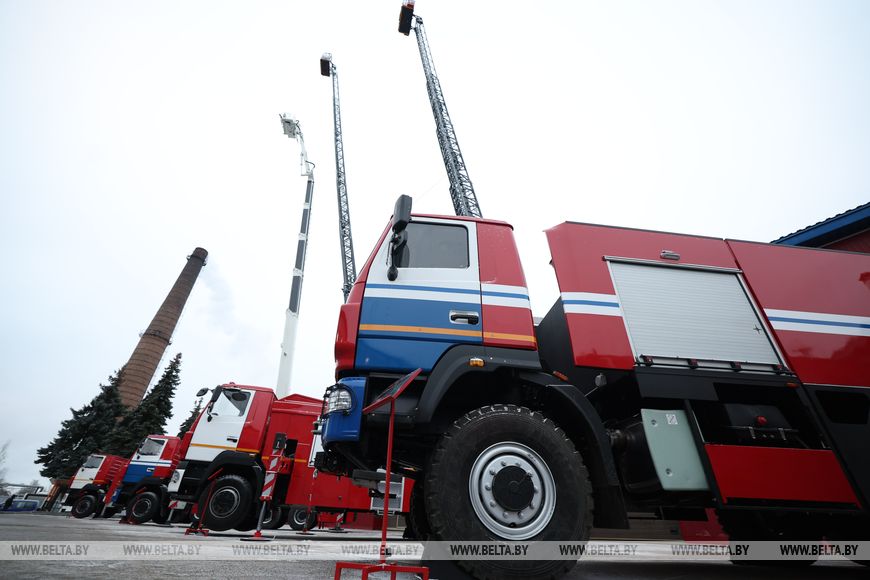
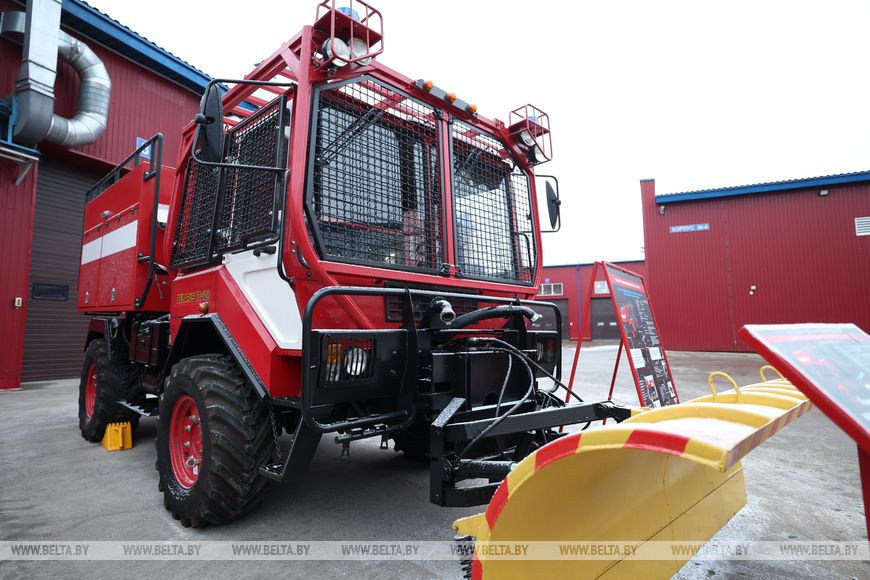
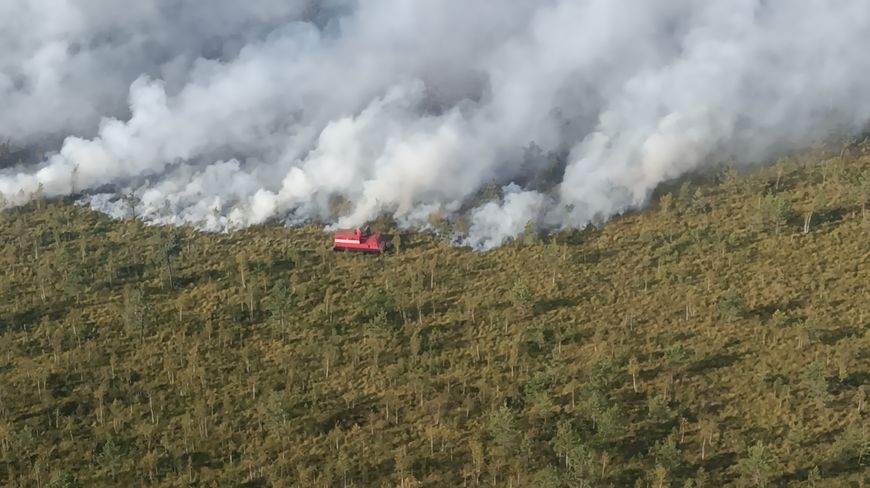
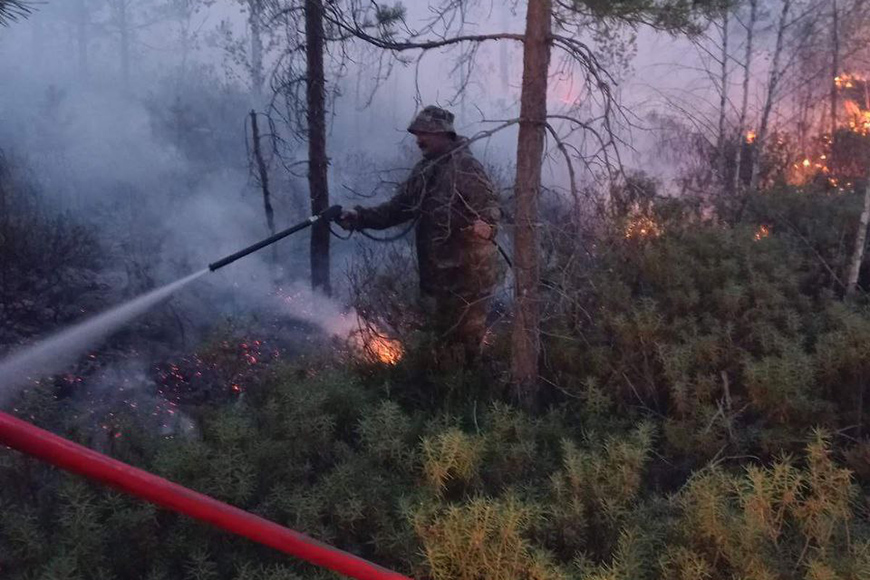
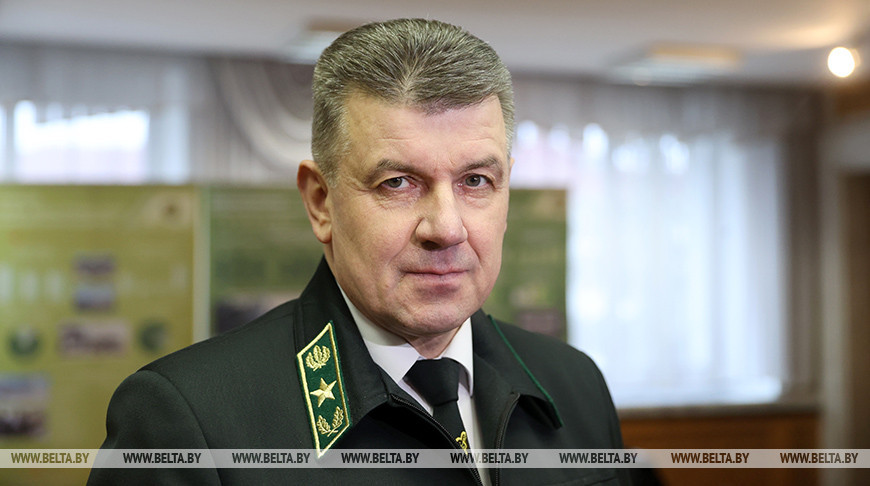
“Our systems for a comprehensive assessment of the situation and instant response are different from those of other countries. We have a wide range of early detection systems, from land patrols to space monitoring, and certainly, a multi-tier response system," Yevgeny Baranovsky said. "We did not wait until major fires or other emergencies to start developing this system. Nowadays, many other countries are following the path of Belarus. It is about the comprehensive assessment of emergencies and response to them and involvement of all government agencies in the unified system."
For example, if forestry workers are unable to deal with a forest fire, the Emergencies Ministry helps them. During the fire season, the Emergency Ministry carries out daily air monitoring of woodlands using airplanes, helicopters, and drones.
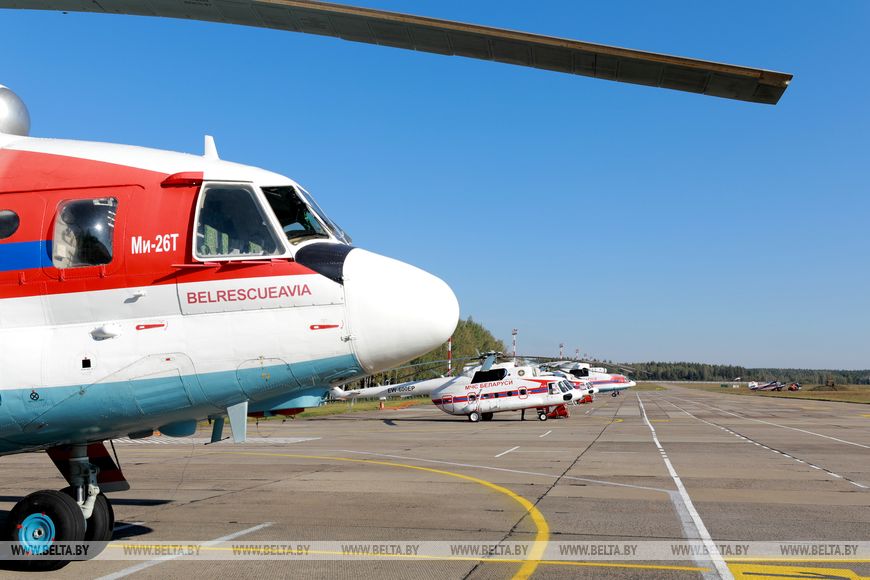
An important element of the system is space monitoring which utilizes the very Belarusian Earth remote sensing satellite. This project was implemented on the decision of the president. The National Emergency Management and Response Center of the Emergencies Ministry receives images from the National Academy of Sciences and analyzes them using software modules that identify thermal anomalies. Then the information is sent to the Forestry Ministry for response.
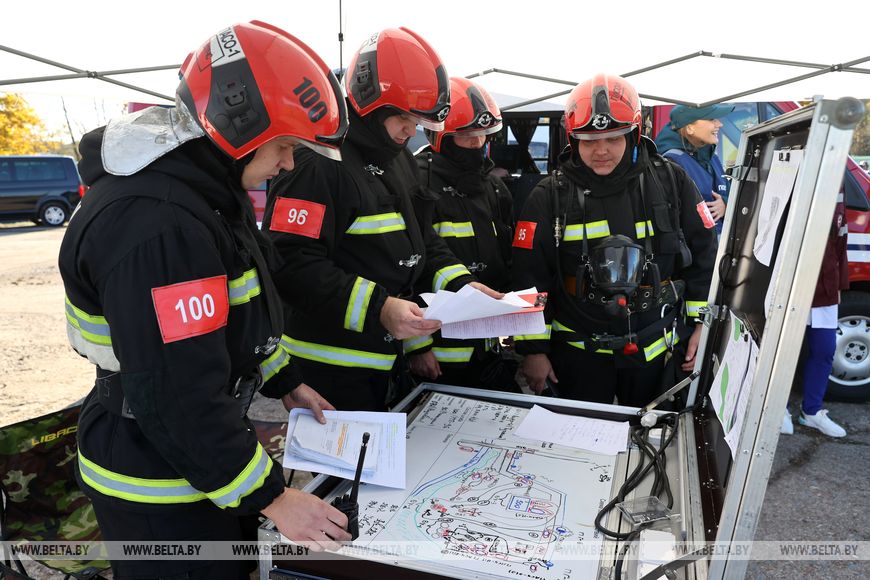
In other words, preventing fires in ecosystems, including forests, involves a whole range of measures, starting from the creation of firebreaks - gaps in vegetation that acts as a barrier to slow or stop the progress of wildfire. But let us not go into details. The conclusion is simple: to avoid jumping out of the frying pan into the fire, as the president says, we should roll up our sleeves and get down to work and be less involved in politics. We should think first and foremost about the interests of ordinary people.
A disclaimer: we are not here to gloat or “dance on the ashes”, although the U.S. policy towards Belarus is far from friendly. No, we do not rejoice at other people’s suffering. Fires are a disaster for people, even if you have millions of dollars in your bank accounts and your name is Anthony Hopkins, Ben Affleck, Paris Hilton or Hunter Biden. There is nothing pleasant about losing property or things that may carry some important personal memories. Not to mention the fact that the disaster has affected many ordinary Americans who may not have a financial safety cushion. Wildfires also cause damage to environment and claim lives.
Let's find out what happened in California and why, and how the system of fire prevention and control works in Belarus.

Billions in damages and apocalyptic consequences. What is known about the Los Angeles fires?
The raging fires have already been called one of the most destructive in the history of Los Angeles.
According to CNN, several large wildfires are raging in the area at once. At least 10 people have died, but the final death toll will be known later, when there is safe access to the affected areas. Therefore, the sad list may increase many times over. Since the fires started, tens of thousands of people have been evacuated from the danger zone.





About 10,000 buildings were destroyed. The wildfires have destroyed the celebrity-packed Pacific Palisades neighborhood. It was not only residential buildings, but also schools, banks, stores, social institutions, i.e. the entire social infrastructure.
The head of the California Department of Forestry and Fire Protection Brent Pasqua described the incident as apocalyptic. Moreover, the fires still cannot be localized, there is not enough water to extinguish the fire. The situation is aggravated by exceptionally dry conditions and strong Santa Ana winds.

Equity analysts from investment bank JP Morgan have now doubled their earlier loss estimate for still raging wildfires, now suggesting it could even exceed $20 billion.
Analysts estimate that the fires, which have not yet been brought under control, could result in total losses of more than $50 billion. On Thursday evening, Accuweather estimated the economic damage from the fires at between $135-150 billion, up from a previous estimate of $52-57 billion.




California’s request for a Major Disaster Declaration has been approved, and local authorities have requested assistance from neighboring counties and states.
Oscar nominations have been postponed indefinitely, and the production of many TV series and films has been halted.
Strategic mistakes and HR policy blunders. What else contributed to the LA fires, besides drought and wind?
Unfavorable weather and natural factors contribute to regular fires in this part of the United States. Hot dry weather dry out vegetation, turning it into flammable fuel. Chaparral shrubs are particularly dangerous in this regard. Combined with high winds, it's an explosive mix.
Yet, in any country of the world, including the USA and Belarus, people remain the main cause of wildfires. Press secretary of Belarus’ Emergencies Ministry Yevgeny Baranovsky told BelTA that the probability of a spontaneous fire without human involvement is close to zero. Yet, a fire can start from an empty glass bottle thrown out in the forest, as glass can act as lens that can magnify and focus sunlight on dry vegetation. Thus, in 99.99% of cases, humans are to blame for fires, even if this is done unintentionally.
By the way, this is why Belarus often introduces restrictions and bans on visiting forests, especially in summer. Although this causes certain inconveniences to people, the sad example of Los Angeles eloquently shows that such precautions are needed.
But let's go back to California. Again, CNN quotes Los Angeles Councilmember Traci Park. She represents District 11 that includes Los Angeles that comprises the ill-fated Pacific Palisades neighborhood.
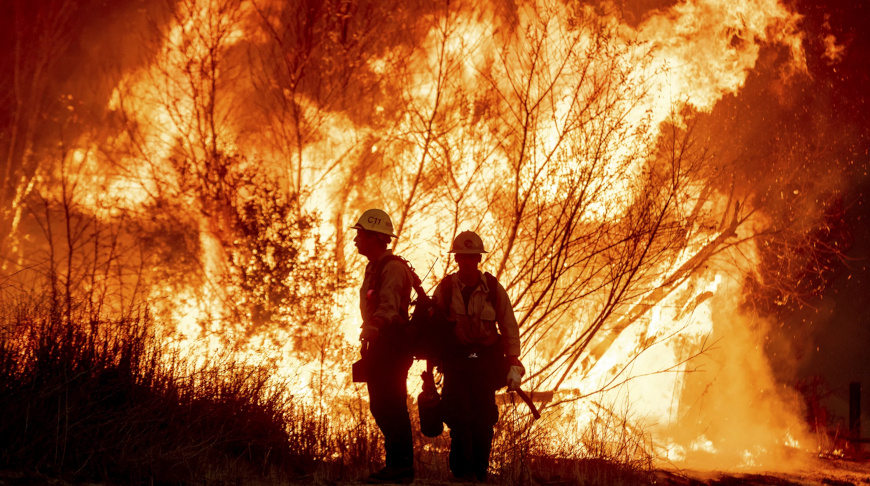
“It is also frustration that stems from chronic under-investment in our critical infrastructure and our public safety partners,” she said.
According to Traci Park, the number of fire stations and firefighters in the city of Los Angeles has remained the same for 50 to 60 years, although at least 62 new fire stations are needed to serve the average daily demand.
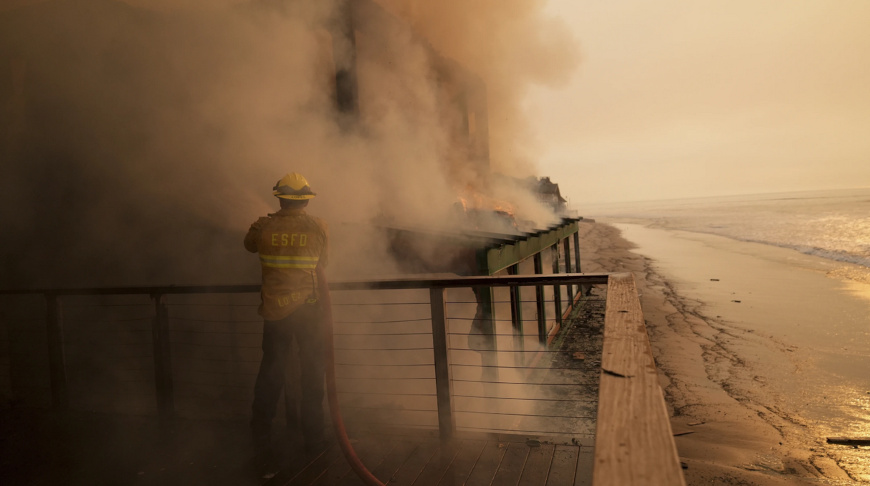
By the way, this is why Belarus often introduces restrictions and bans on visiting forests, especially in summer. Although this causes certain inconveniences to people, the sad example of Los Angeles eloquently shows that such precautions are needed.
But let's go back to California. Again, CNN quotes Los Angeles Councilmember Traci Park. She represents District 11 that includes Los Angeles that comprises the ill-fated Pacific Palisades neighborhood.

“It is also frustration that stems from chronic under-investment in our critical infrastructure and our public safety partners,” she said.
According to Traci Park, the number of fire stations and firefighters in the city of Los Angeles has remained the same for 50 to 60 years, although at least 62 new fire stations are needed to serve the average daily demand.


"We are so understaffed that our response takes two times longer than the national standard," she said. "Our residents and constituents have a right to be angry."
But that's not the only reason for Californians to be angry. As TASS reported, Donald Trump Jr., the son of the president-elect, criticized California Governor Gavin Newsom for transferring firefighting equipment to Ukraine: “Oh look of course, the LA fire department donated a bunch of their supplies to Ukraine,” Trump Jr. wrote accompanying his post with two news stories from 2022.
"California has America’s best soil and worst leaders. Gavin Newsom's failed water and forest management policies have turned fires that could have been easily controlled into a destructive inferno," wrote one of users on X. Elon Musk commented on this post, saying: "True".
However, as always in the United States, it is not entirely clear what underpins these verbal battles around wildfires – political interests or real concern for people's lives and property.
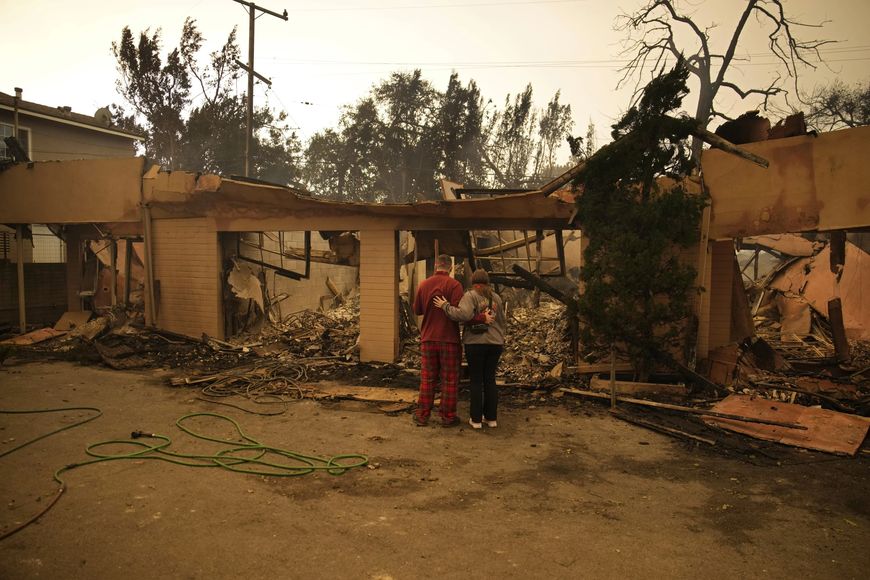
The Russian publication Izvestia also reflects on the causes of the wildfires. It notes that wildfires are nothing new in California, but until the late 2010s, the government managed to tackle them with varying degrees of effectiveness.

But that's not the only reason for Californians to be angry. As TASS reported, Donald Trump Jr., the son of the president-elect, criticized California Governor Gavin Newsom for transferring firefighting equipment to Ukraine: “Oh look of course, the LA fire department donated a bunch of their supplies to Ukraine,” Trump Jr. wrote accompanying his post with two news stories from 2022.
"California has America’s best soil and worst leaders. Gavin Newsom's failed water and forest management policies have turned fires that could have been easily controlled into a destructive inferno," wrote one of users on X. Elon Musk commented on this post, saying: "True".
However, as always in the United States, it is not entirely clear what underpins these verbal battles around wildfires – political interests or real concern for people's lives and property.

The Russian publication Izvestia also reflects on the causes of the wildfires. It notes that wildfires are nothing new in California, but until the late 2010s, the government managed to tackle them with varying degrees of effectiveness.


There was a special emergency plan and the necessary infrastructure. However, in the past decade, the situation began to deteriorate sharply. American political scientist Malek Dudakov told the publication: "There are several reasons for the calamity. Democrats do not want to take responsibility and blame global warming and climate change for everything. Climate change has a role to play, that's true, but the incompetence of local authorities is obvious. In California, they discontinued the practice of prescribed burning citing environmental concerns. For the same reason, they stopped using special water storage facilities and stopped maintaining the infrastructure."
Against the backdrop of these events, journalists also remembered another embarrassing incident, which may have affected the personnel policy. In March 2022 Kristin Crowley was appointed first female and LGBTQ Fire Chief of the Los Angeles Fire Department, who actively promoted diversity, complaining that there were too few women among firefighters. As a result, the overfocus on gender equality, coupled with funding cuts, led to mass layoffs of firefighters. This trend has spread to other American states as well.
Teamwork and unique approach. How Belarus copes with wildfire challenges
What about Belarus, where at least 40% of the area covered with forests? Knock on wood, but things have been pretty good so far. Of course, we are not talking about the current wet weather, but about long dry periods in the warm season.

Let us turn to statistics. According to the Belarusian Statistical Committee, there were 710 forest fires in 2023 which affected a total area of 310. Anthropogenic factor caused 95.8% of them. The figure may seem impressive, but in most cases, there are small fires, which are easy to detect, localize and extinguish.
For clarity, let us convert hectares into square kilometers: 310 hectares is 3.1 square kilometers. This figure is for the entire Belarus! The fire area in California only in the mentioned area of Pacific Palisades has exceeded 60 square kilometers. As the saying goes, feel the difference. This is more than the area of such Belarusian cities as Lida, Polotsk or Mozyr. Or, for example, the entire Partizansky District of Minsk.
In August 2023, Belarusian President Aleksandr Lukashenko praised the work of forestry enterprises, which heroically survived 52 days of heat wave, the situation that the country had never faced before.
Let us not, however, indulge in breast beating about a much better fire situation in the country in comparison with our neighbors or those living across the ocean. We must never become complacent. Sometimes we face peat fires, which cause discomfort to nearby communities. Moreover, the climate is changing and we have more dry and hot days every year. Yet the system developed in Belarus works quite effectively in general.
First of all, such matters have been in the center of attention of the head of state and the government for decades. The Emergencies Commission under the Council of Ministers is led by a deputy prime minister. And, of course, the Emergencies Ministry and other agencies are largely involved in the relevant activities. The country also produces fire and rescue equipment. Aleksandr Lukashenko has recently visited one of such two Belarusian enterprises.



Therefore, firefighting is based not on the heroism of firefighters alone. A recent large forest fire in Stolin District can be cited as an example here. The country’s major fire was extinguished through the efforts of more than a hundred people. One of them was Yuri Gurinovich, head of the fire and chemical station of Pinsk Forestry.


“I had to put out different fires: peat fires and others. I do not keep statistics, so it is impossible to say how many there were. There were very many fires in the 1990s,” he recalled. In those days, foresters had only observation towers and binoculars. Now, there are advanced technologies (even space technologies), including video surveillance and the Forest Guardian program.

In an interview with BelTA earlier, Belarusian Forestry Minister Aleksandr Kulik said that an automated system for the video surveillance covers 100% of the Belarusian forests. This is a unique achievement not only for the post-Soviet space, but also for Europe. The department's fleet of machinery includes nearly 500 fire-fighting vehicles: tracked vehicles, swamp buggies for extinguishing forest fires in hard-to-reach areas and other vehicles. "But most importantly, we have human resources: the state forest guard," the minister said.
Spokesman for the Emergencies Ministry Yevgeny Baranovsky explained that the State System of Prevention and Elimination of Emergencies and Civil Defense was created in Belarus back in 2002. Why does it include civil defense? Because among other things this system stipulates the procedure for cases in wartime.
For example, if forestry workers are unable to deal with a forest fire, the Emergencies Ministry helps them. During the fire season, the Emergency Ministry carries out daily air monitoring of woodlands using airplanes, helicopters, and drones.

An important element of the system is space monitoring which utilizes the very Belarusian Earth remote sensing satellite. This project was implemented on the decision of the president. The National Emergency Management and Response Center of the Emergencies Ministry receives images from the National Academy of Sciences and analyzes them using software modules that identify thermal anomalies. Then the information is sent to the Forestry Ministry for response.

In other words, preventing fires in ecosystems, including forests, involves a whole range of measures, starting from the creation of firebreaks - gaps in vegetation that acts as a barrier to slow or stop the progress of wildfire. But let us not go into details. The conclusion is simple: to avoid jumping out of the frying pan into the fire, as the president says, we should roll up our sleeves and get down to work and be less involved in politics. We should think first and foremost about the interests of ordinary people.
Unfortunately, the U.S. incumbent president is only able to make inappropriate jokes. During a briefing, President Joe Biden suggested that Vice President Kamala Harris, whose house was also placed in an evacuation zone due to the fires, should speak about the situation: "Madam Vice President, I know you are directly affected, so you fire away!" Biden said, but when he saw her stunned expression, he immediately apologized for the pun.






